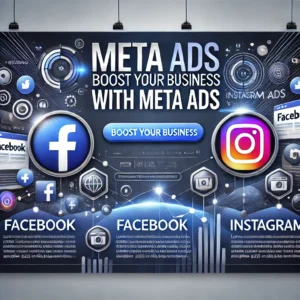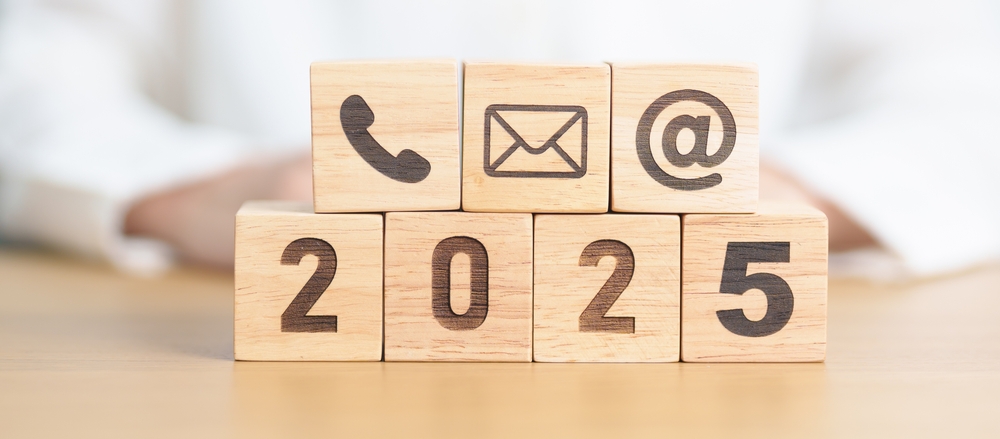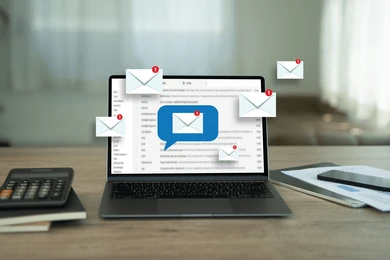In the fast-paced world of digital marketing, the strategies and tools employed to reach and engage customers are continually evolving. One such strategy that has gained prominence is the mid-cycle marketing email. Understanding what a mid-cycle marketing email is and how to leverage it effectively can significantly enhance your marketing campaigns.
Defining Mid-Cycle Marketing Emails
A mid-cycle marketing email is a communication sent to customers or prospects between major campaign events or product updates. It is strategically timed to maintain engagement, nurture leads, and keep your brand top-of-mind without overwhelming your audience with too frequent communications.
Purpose of Mid-Cycle Marketing Emails
The primary goals of mid-cycle marketing emails include:
- Customer Engagement: Keeping the audience engaged with valuable content, updates, or offers that do not directly coincide with major campaigns or launches.
- Lead Nurturing: Progressing leads through the sales funnel by providing relevant information and touchpoints.
- Brand Recall: Ensuring your brand remains visible and memorable to your audience in the periods between major marketing efforts.
Key Components of an Effective Mid-Cycle Marketing Email
- Relevant Content: Ensure the content is valuable and relevant to the recipient. This could include blog posts, industry news, tips, and tricks, or personalized recommendations based on past interactions.
- Personalization: Tailor the email to the recipient’s interests and behaviors. Personalized subject lines and content can significantly increase open and click-through rates.
- Clear Call-to-Action (CTA): Include a clear and compelling CTA to guide the recipient towards the desired action, whether it’s visiting your website, downloading a resource, or making a purchase.
- Visual Appeal: Use visually appealing design elements to capture attention and enhance the readability of the email.
- Timing and Frequency: Send mid-cycle emails at strategic times to maximize engagement without causing email fatigue.
Examples of Mid-Cycle Marketing Emails
- Educational Content: Sharing blog posts, whitepapers, or eBooks that provide valuable insights relevant to your audience’s interests.
- Product Updates: Informing customers about minor product enhancements or new features that may benefit them.
- Event Invitations: Inviting subscribers to webinars, workshops, or industry events that align with their interests.
- Special Offers: Providing exclusive discounts or early access to sales for loyal customers.
- Customer Stories: Showcasing testimonials or case studies to build trust and demonstrate the value of your products or services.
Best Practices for Mid-Cycle Marketing Emails
- Segment Your Audience: Use segmentation to send targeted emails to specific groups based on demographics, behaviors, or purchase history.
- A/B Testing: Continuously test different elements of your emails, such as subject lines, CTAs, and content, to optimize performance.
- Analyze Metrics: Track key metrics like open rates, click-through rates, and conversion rates to measure the effectiveness of your emails and make data-driven improvements.
- Maintain Consistency: Ensure your mid-cycle emails align with your brand’s voice and overall marketing strategy.
Also Read: Understanding the Words at the Bottom of Marketing Emails
Conclusion
Mid-cycle marketing emails play a crucial role in a comprehensive email marketing strategy. By filling the gaps between major campaigns, they help maintain engagement, nurture leads, and keep your brand at the forefront of your audience’s mind. By focusing on relevant content, personalization, and strategic timing, you can maximize the impact of your mid-cycle marketing emails and drive better results for your business.





